These Solid Blue galactonotus are a bit different than the other forms of galactonotus in the hobby, in that they are unusually bold, and don’t really seem to squabble much, unlike regular galactonotus, which usually do a good bit of wrestling early in their cohabitation. I haven’t had as many experiences with these as I have the “normal” galactonotus, so these are just preliminary observations! They also seem to have a bit of a different body shape, as they mature they remind me of tinctorius a bit in that they have that deeper type of body that tinctorius have, with a more pronounced arch in the back of the females in particular. Back around 2005 I worked with the Solid Orange form of galactonotus, and I think they are quite similar, except in coloration, to the Solid Blues. I kept the Solid Orange form in pairs and they bred well for me, and I noticed how relatively sexually dimorphic they were, just as the Solid Blues are. The Solid Orange form is nearly non existent in the US hobby now days, but I think the Solid Orange and Solid Blue form have more in common with each other than they do with the other forms of galactonotus.
One thing to know about all forms of galactonotus is that they come from the Amazon basin in Brazil. The country of Brazil is one of those countries that doesn’t allow any exports of animals, basically ever, and thus, Adelphobates galactonotus have never been legally exported from Brazil, and all the frogs (all Adelphobates galactonotus) in the hobby are produced from frogs which were smuggled out of Brazil. A. galactonotus is a species with many distinct populations, each with different color forms, and even different sizes, spread over a vast range in Brazil. I would say that there have been at least two dozen distinct forms observed and recorded, and probably that many more exist that have not been documented yet.
In the case of the Solid Blues, at some point an illegal shipment of poached animals was confiscated entering Europe, and the frogs were placed with a zoo. Eventually some offspring were released to hobbyists in Europe, and then offspring of those frogs were exported to the US, legally, at least in theory, since they did come into the US with CITES documents (which I personally witnessed, by the way). This is a moral dilemma that doesn’t trouble me, I believe that, by people keeping and breeding these frogs, it helps remove any pressure to go and poach more frogs from their native habitat. Another consideration is that Brazil is, unfortunately, busy destroying large amounts of rainforest every year, for things like cattle ranches, palm oil plantations, gold mines and especially, hydro electric projects. This last item is of great concern, numerous dams have already been completed, and several large dams are planned in the near future. These dams inundate, or flood, large areas of land, displacing indigenous peoples and extirpating numerous species of plants, reptiles and amphibians. Doubtless more than one population of A. galactonotus has already been wiped out by these threats to rainforest habitat. Tropical ecosystems are very diverse, which means that small areas can be home to the only populations in the world of various flora and fauna, and when the habitat is suddenly no longer a forest, and is instead a lake, many species go extinct, or in the case of the galactonotus dart frogs, entire color forms or localities can be made extinct.
As an aside, but certainly relevant to this discussion….I’d like to make it clear that I have no support for poaching frogs or other animals from their habitat, and personally would absolutely not purchase frogs I knew were smuggled out of their habitat, nor would I purchase frogs that benefitted someone who had poached or smuggled the frogs from their habitat. As far as I know, the story regarding the progression of these frogs from animals being interdicted as they illegally entered Europe, to offspring of those animals being released into the European hobby, then those frogs being bred and the offspring being sold to the international frog hobby, is correct. Thus the frogs were separated from the smugglers/poachers when they were seized entering Europe. The poachers themselves by the way are doubtless Amerindians, who collect the vast majority of the reptiles and amphibians coming out of both Central and South America.
Status- We are working with a couple of groups of these frogs, and had some success in 2024. We hope to produce them again in 2025, and as of early 2025 we have a few juveniles just coming out of the water.
We provide a bit more detailed information about this frog on our Dart Frog Species Profile page for this species, here. Please do not order dart frogs without becoming familiar with their care. We provide full care instructions on the Dart Frog Care Sheets page, if you are a beginner with dart frogs, please read through this information, and feel free to ask any questions, we are happy to help.
Dart frogs are shipped via FedEx Priority Overnight, live arrival guaranteed! The charges for this, ($49) will be added to your cart automatically. This charge covers any number of frogs. Select items can be added to your order, and shipped with your frogs at no additional cost. These items are listed under the Bundle and Save category. See our Conditions & Guarantees page for more info.

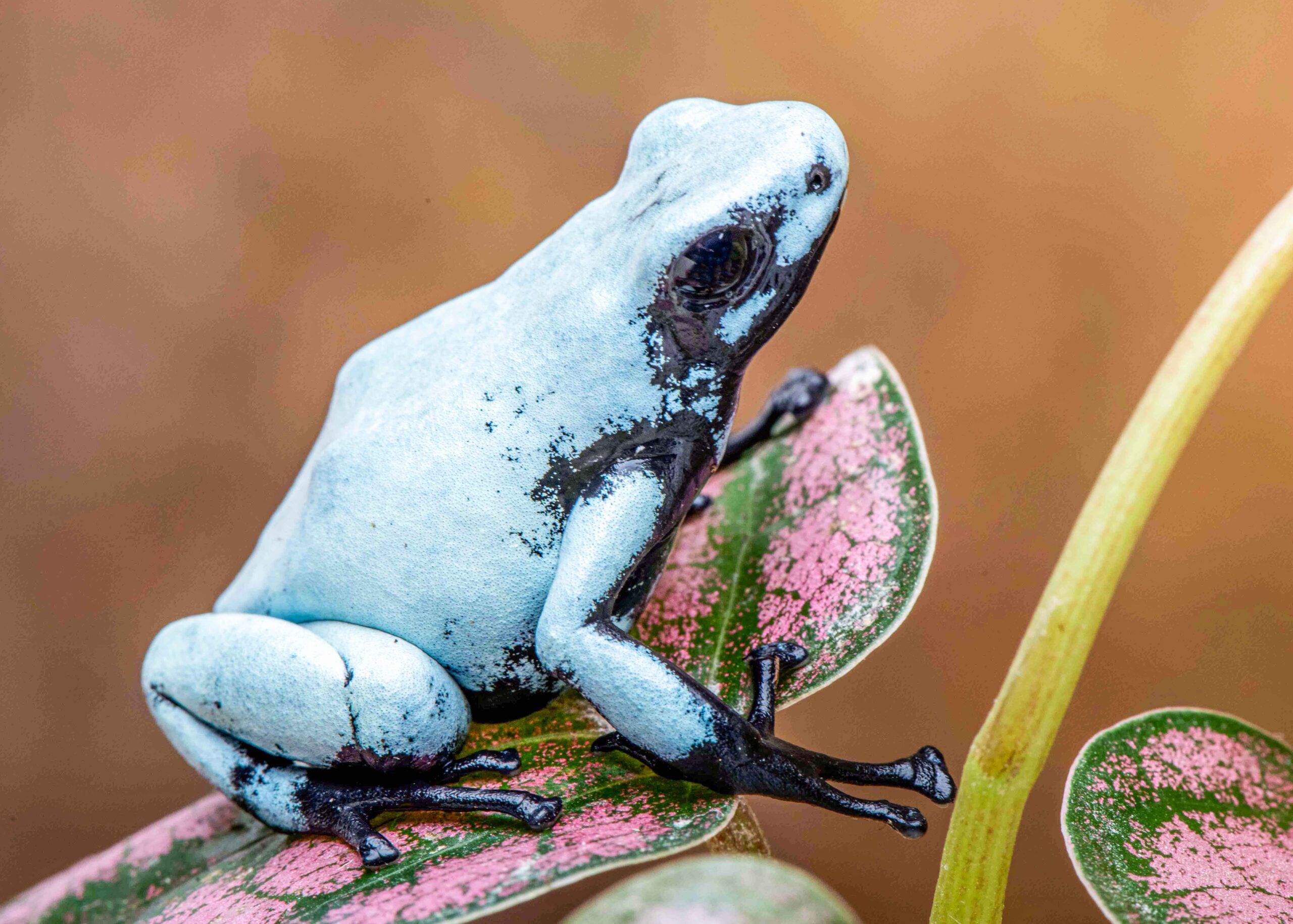
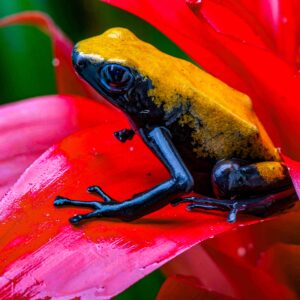
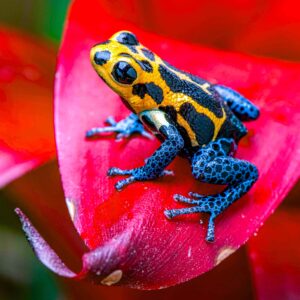
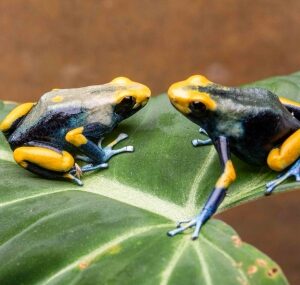
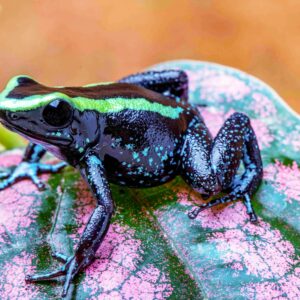
Reviews
There are no reviews yet.